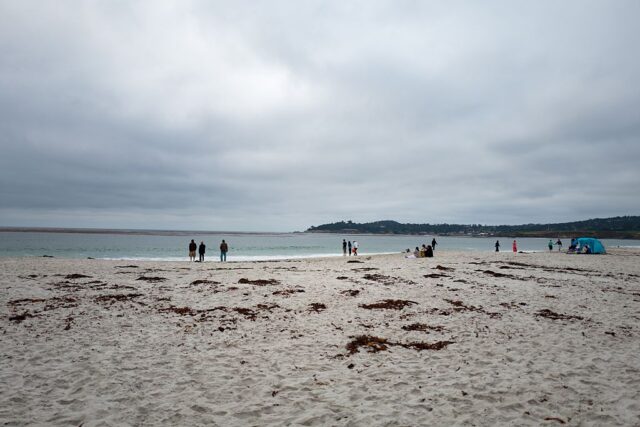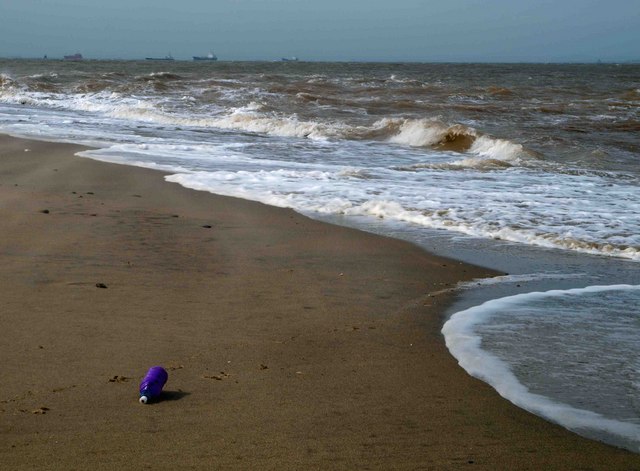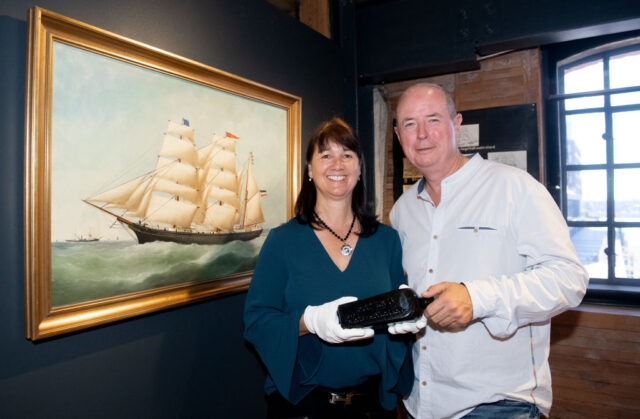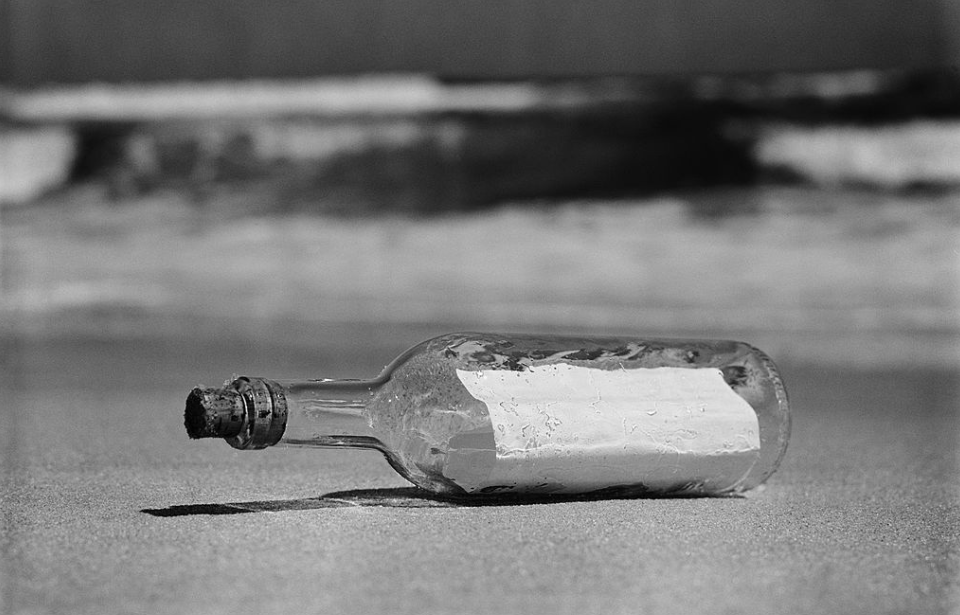It happened in 1886: a vessel embarking on its voyage from Wales to Indonesia jettisoned a bottle with a message in it, into the waters of the Indian Ocean.
The bottle would have needed at least a year to cross the roughly 590 miles of ocean to its ultimate destination, a remote beach on the western coast of Australia. Given the condition in which it was recently found, partially filled with sand, and missing its cork, it must have been buried for a long time before resurfacing again, according to experts.
It was found early in 2018 by an Australian woman who seems to have been a casual passer-by on the beach. Tonya Illman from Perth discovered it almost by accident after seeing a nice gin bottle cast in a sand dune during a beach cleaning. Her first thoughts were that the bottle might serve as a room decoration in the family house. However, what she decided to pick up from the beach turned out to be a 132-year-old maritime relic. The precise location of the find was on a beach some 112 miles away from Perth, and north of Wedge Island.

Shortly after picking up the bottle, Illman saw there was something inside. According to her husband Kym’s website, they first thought it was a cigarette or something similar. They quickly realized that the piece of paper was not an everyday find. It had writing on both sides. The piece of paper looked fragile and extremely old, and it was rolled and tied with string. So family members took some time to properly dry it before proceeding to inspect the paper’s contents.
As Illman shared with BBC, they first saw a printed message on the paper that instructed the finder to contact the closest German consulate once the note was found. Only after the paper was completely dried out the following day did the family spot worn-out ink writing as well. To everyone’s surprise, the paper was marked with the date June 12, 1886. More of the writing showed the ship’s name from which the bottle was thrown into the ocean: her name was Paula. In the words of Illman, the entire situation was “too far-fetched” to seem real.
Kym Illman took some time to search online to see if he could find any information about the message in a bottle his wife had collected. He discovered that it was part of an experiment carried out at sea a century ago, by what would have been the German Naval Observatory (Deutsche Seewarte). As part of the experiment, German vessels had cast thousands of bottles in an attempt to track down how ocean currents moved. Their actions would have lasted from 1864 until 1933.
According to the Western Australian Museum, which explores more of the details of the experiment, each bottle jettisoned into the world’s waters included a form where the captain inscribed the exact time and date when the bottle was released into the water. Also included were the vessel’s name, its coordinates at the moment of action, and the current route the crew was passing at the moment.

All messages put in these bottles as part of the experiment also asked the finder to contact the German Naval Observatory, or, as an alternative, the closest German consulate. After so many years had passed, the Perth family would eventually reach out to the Western Australian Museum, whose experts were the ones to affirm the authenticity of the finding after contacting German authorities.
“Extraordinary finds need extraordinary evidence to support them, so we contacted colleagues in the Netherlands and Germany for help to find more information,” stated Dr. Ross Anderso from the Western Australian Museum.
Positive news quickly arrived from Germany. A naval archive research effort had helped to find the meteorological diary that had once belonged to a ship named Paula. In it, some matching information was found, such as a diary entry written by the captain of the vessel that revealed that on the exact same date, June 12, 1886, a bottle was indeed released into the waters as part of an experiment. The coordinates in the diary entry where the bottle was thrown further matched with those inscribed in the bottle’s message. The handwriting looked the same, too.
The Australian family are currently the finders of the world’s oldest message in a bottle, one which is reportedly 23 years older than the previous record-holder in the category: a postcard as old as 108 years and retrieved from a bottle found on the shores of Germany, three years ago.

As BBC reports, this is a rare find because no bottles have been returned in the past as instructed in the message. Reportedly, just a portion of the messages, 662 in number, have been returned and recovered from the many thousands. The last retrieved bottle of this type appeared in Denmark, but way back in 1934.
More from us: The First Drinking Straws Were Three Feet Long and Other Things That Are Much Older Than You Thought
Interested parties could check out the world’s oldest bottle at the premises of the Western Australian Museum after the Illman family negotiated to loan the bottle to the museum for a two-year-long period.
